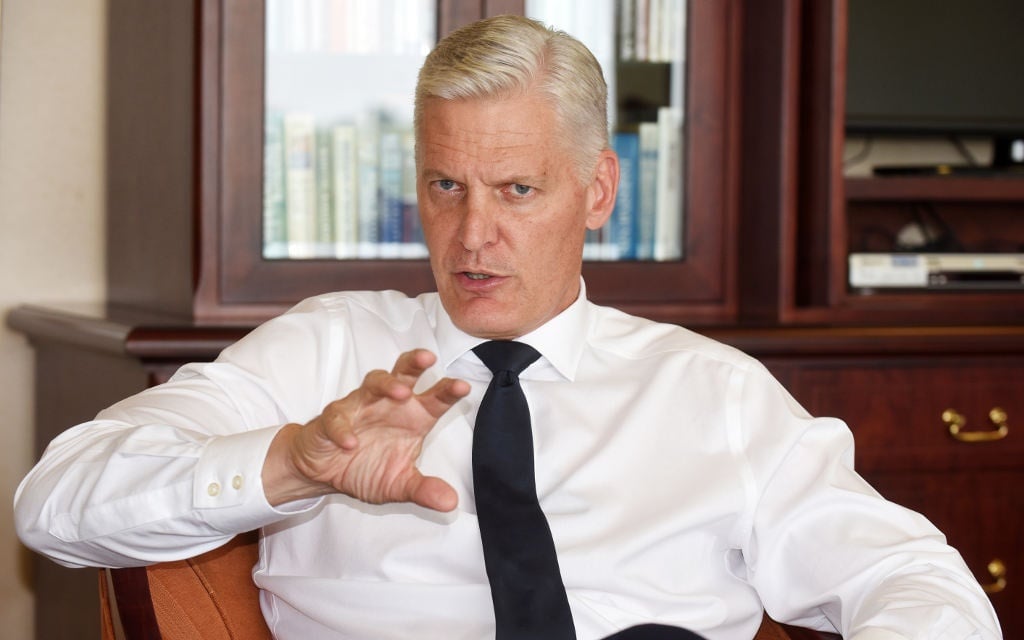
- Eskom CEO André de Ruyter said that one of his priorities is to see the end of load shedding.
- The risk of load shedding will be reduced as Eskom completes its reliability maintenance programme - but not completely limited.
- Eskom is also working on addressing design defects at its newer power stations.
There is expected to be a marked difference in the risk of load shedding by April – when the first tranche of units are to come back online following their maintenance programme, said Eskom CEO André de Ruyter.
Speaking during a webinar on Monday, hosted by the Free Market Foundation, De Ruyter briefly weighed in on the country's load shedding woes. Last week, Eskom had implemented Stage 3 load shedding.
De Ruyter has been at the helm at the power utility for just over a year – and said one of his priorities is to see the end of load shedding.
"We recognise load shedding is a phenomenon that is a cause of hardship to the economy, factories, businesses and households. It is something we only apply as the last resort, it is not something we do lightly," De Ruyter said.
He explained that Eskom has an ageing coal fleet – with an average lifespan of 39 years. Likening the power station to a car, De Ruyter said that they had been run on "rev mode" for most of their lives, which has resulted in them having an energy-utilisation factor above that of international standards. Additionally, a lack of maintenance over the years has also exacerbate their reliability problems.
Lack of maintenance
"That lack of maintenance where we have not done mid-life refurbishments has added to the generation system where we are today – which is not reliable and not as predictable as we would like to it be," he said.
In response, Eskom launched a reliability maintenance programme in September last year to catch up on the maintenance backlog. While doing maintenance – there is an increased risk of load shedding, he explained. "Once we complete this programme of reliability maintenance we will be able to significantly reduce, but not entirely limit the risk of load shedding going forward," he said.
The first tranche of units on the programme are expected to come back online by April. "We should already see a step change in the risk of load shedding," said De Ruyter. The final tranche of units will be taken offline thereafter for maintenance and are set to come back online by September, when there is expected to be a "substantial reduction in the risk of load shedding."
lThere is still a shortfall in power that needs to be addressed – Eskom estimates there to be a need for between 4 000 MW and 6 000 MW of power in the next five years, President Cyril Ramaphosa said in his State of the Nation Address last week.
While Eskom embarked on three mega projects – coal-fired stations Medupi and Kusile and the Ingula Pumped Storage Scheme – the projects have come online later than planned.
"They were started too late and suffered too many of ills … they were done under schedule pressure- the quality of design work is not what it should have been," De Ruyter said. He assured that the design defects at Medupi and Kusile are being tended to.
Five of six units at Medupi are in commercial operation – Unit 1 will come online later this year, said De Ruyter. He pointed out that fixing defects requires a 75-day outage – which costs as much as R300 million.
At Kusile, two units are in commercial operation. Unit 3 of Kusile is to come online by July. Its last unit – Unit 6 – will come online in the summer of 2024.
